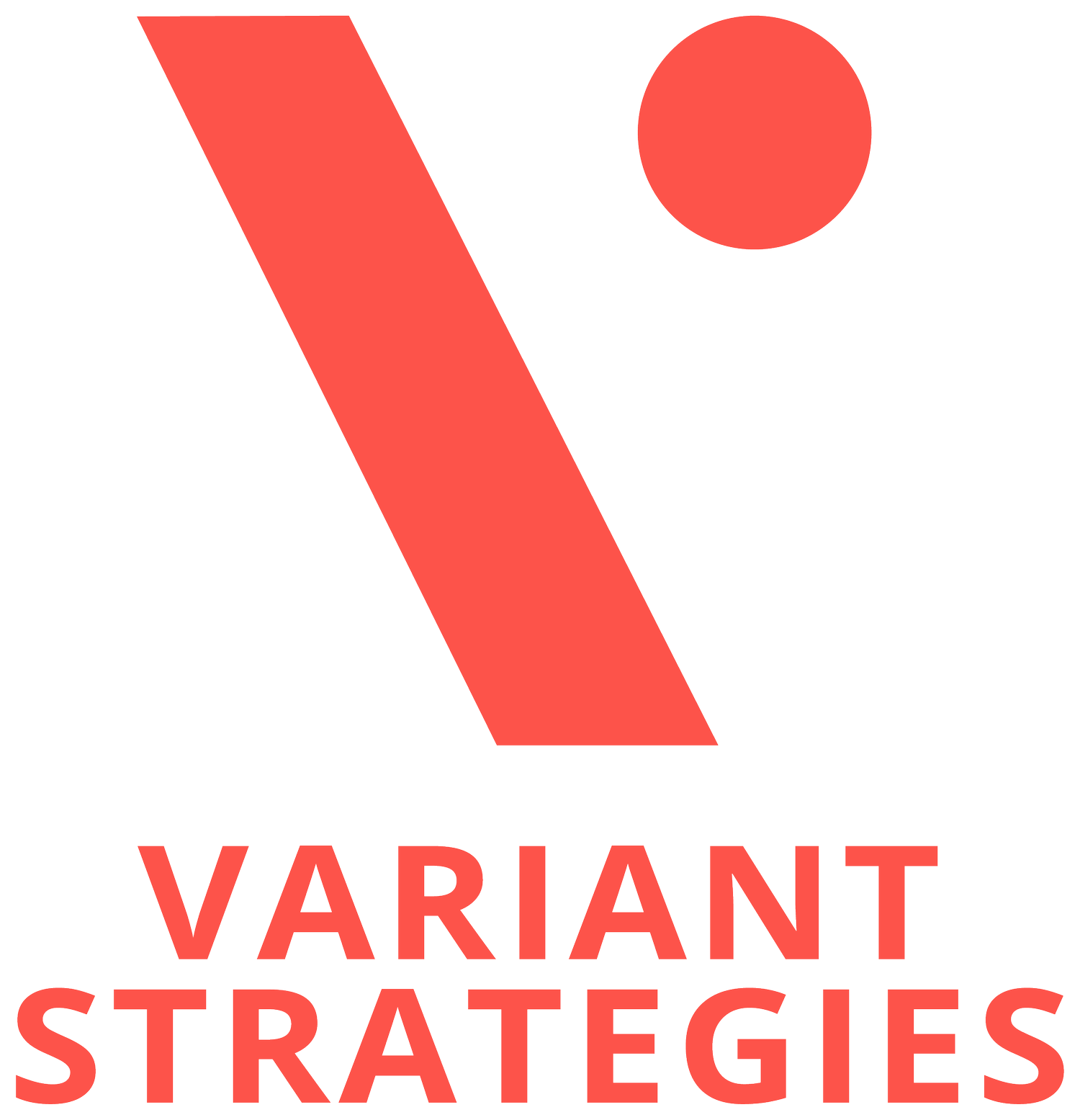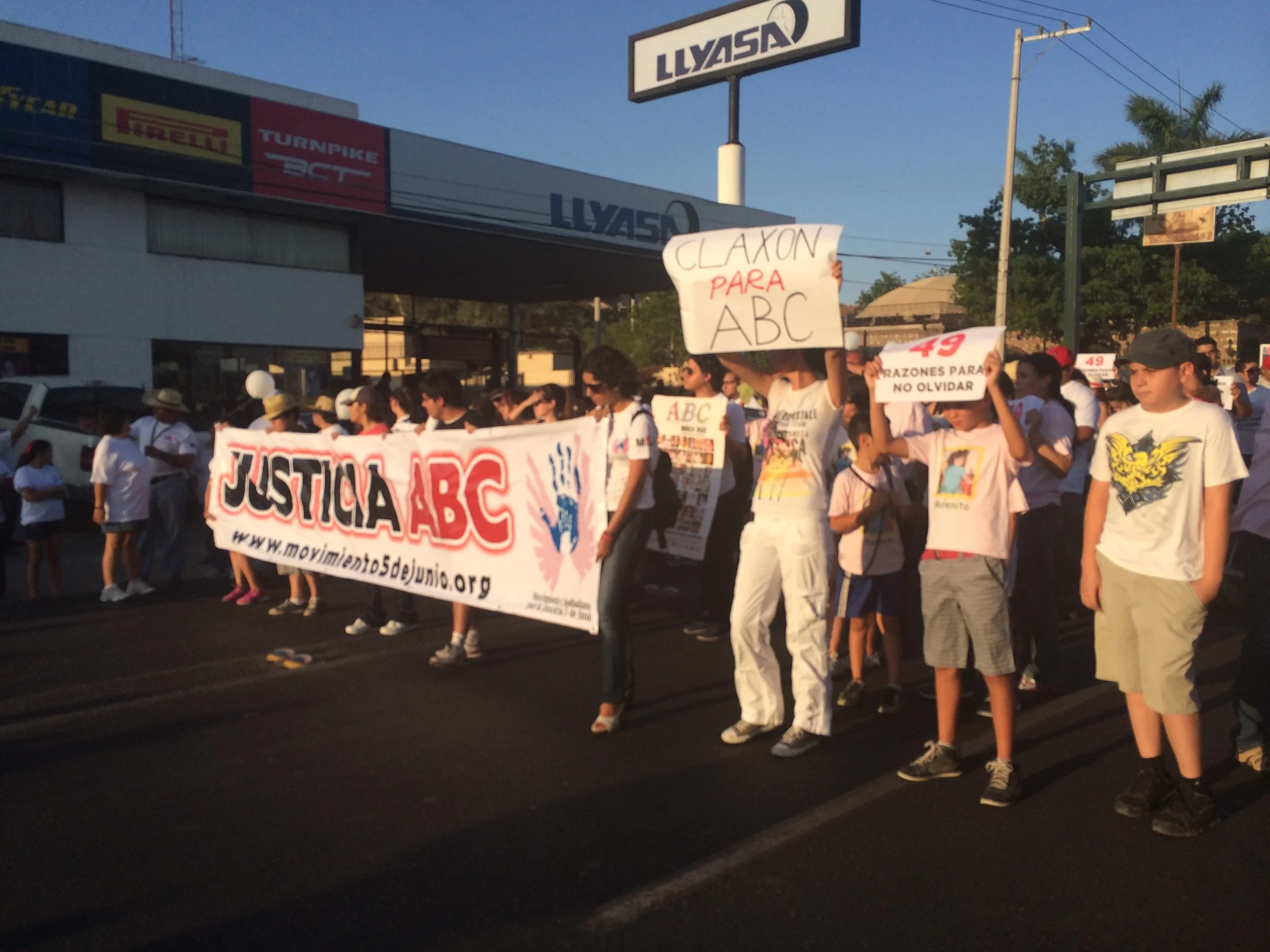Becoming an Advocacy Filmmaker: Why I started Variant Strategies #3
Welcome to the third installment in my story about why I started Variant Strategies. In my last newsletter, I wrote about the power of visual storytelling and technology and the importance of including those closest to the issues to create real and powerful changes to advance human rights.
The experience of working with Haitian women leaders to share their stories through powerful photography and strategic advocacy led me to co-found New Media Advocacy Project (N-Map), which focused on using video to implement laws and win legal cases. I learned to be a filmmaker from day 1 on the job, and turns out, I was really good at it!
At N-Map, I traveled the world to places I would never have otherwise gone to, like Armenia and the Republic of Georgia (four times), Haiti twice, Nigeria, Honduras, Uruguay, and probably 10-12 times to various parts of Mexico. I worked on diverse issues, from domestic violence to disability rights, environmental degradation to forced disappearance, violations leading to death in state-sponsored schools to women’s rights in the workplace, and many more. I made over a dozen documentaries and came up with strategies with our partners to use video in innovative ways to overcome legal challenges.
There is so much I love about documentary filmmaking. I loved working with experts to learn about an issue and devising strategies with them for using video to help them win their cases and campaigns, working with grassroots advocates to learn about the local climate for change and to identify good subjects, working with cinematographers to direct how the video would look and feel, interviewing subjects and making them feel comfortable, and working with editors to shape the films.
In this piece, I want to focus on one particularly influential project and share briefly about two others, what it was like to be a filmmaker, what I learned, and what followed.
Haiti, the United Nations, and Cholera
My first project at N-Map was using video to help the Institute for Justice and Democracy in Haiti (IJDH), and their Haitian counterpart, the Bureau des Avocats Internationaux (BAI), who were suing the UN for bringing Cholera to Haiti and pay damages to victims, to win their case. Just 10 months after the catastrophic earthquake in Haiti in January 2010, a Cholera epidemic exploded in October of that same year that infected more than 820,000 people, displaced over a million, and resulted in 30,000+ deaths, experts estimate. It was basically an impossible case to win.
The UN's responsibility to the victims under the law was clear, but convincing the UN to comply with its obligations or finding a court to enforce the victims' rights would never happen. We knew we needed to win in the “court of public opinion,” so we made two videos. One was a 6-minute video that followed the legal case submitted to the UN. It was intended to influence decision-makers and was used at in-person meetings at UN Country Offices, at the US Congress, and with major media outlets. The second video, an appeal from Haitian victims, would get the general public to pressure the UN to respond. It is a 1-minute video intended for social media and is available in English, Spanish, French, Portuguese, and Haitian Creole.
The videos shared the stories of individuals affected by Cholera and how it impacted their livelihoods and resulted in deaths that left families grieving, without resources to bury them We filmed at the scene of the UN Peacekeeper Base where Cholera emerged, due to un-tested peacekeepers from countries where Cholera is endemic, and negligent waste management, allowing waste to pour into the Artibonite River, Haiti’s largest river system. We used live testimonies where you could see the victims and hear their pain.
UN colleagues told me from the beginning that there was no way the UN would ever accept responsibility for bringing Cholera to Haiti. But six years after the legal case was filed, U.N 's Secretary General Ban Ki-Moon formally accepted the UN’s responsibility for the outbreak and committed to changes that affected not only Haiti but the rest of the world, including reforming waste management at all peacekeeping bases, creating new testing protocols for peacekeepers from Cholera endemic countries, and calling on member states to pay reparations to victims in Haiti. With the help of the videos, our clients achieved the impossible!
This experience proved to me again, after originally learning from my mentor and friend Janet Benshoof (see first newsletter), that nothing is impossible with hard work and a smart strategy. It also confirmed how powerful film could be for advancing human rights.
Accountability for a School Fire in Mexico
I will never forget interviewing Miguel, the father of a child who died in a tragic nursery fire at a state-sponsored nursery. I was in 125-degree heat, with all fans and air conditioning turned off for sound, sweating and crying, while he told me what happened to his son, who burned to death, along with 48 other toddlers, in a fire resulting from facility mismanagement. It was amazing to get him to open up and share his heartbreak, and incredible to work with him and other victim’s families to translate pain into power. The resulting video was shown at the Inter-American Commission on Human Rights to try to get the case moved up in line to be heard at the Inter-American Court of Human Rights, to protect future potential victims. Several Commissioners were seen crying in the hallway after watching the video. Ultimately, the Commissioners did not move the case up, but the video was used by the victims’ families, known collectively as the Movimiento 5 de Julio, for continued advocacy in Mexico to get the state to reform its nurseries and prevent a tragedy like this from ever happening again.
Gender-Based Violence in Armenia
Another powerful experience was traveling alone to Armenia and interviewing the only woman willing to talk about her own experience of sexual violence. While making the film, I learned that most Armenians deny that domestic or gender-based violence happens in Armenia because no one speaks out. One of the most amazing moments in my filmmaking career so far was when the cinematographer, who didn’t speak English, looked at me and gave a visual high five, which I enthusiastically returned about the glorious shots we were getting at “magic hour” (before sunset). I worked with the Women’s Resource Center in Armenia, and they came up with innovative ways to distribute the film to get people to speak out about being victims of violence using the home screening kits they created. The film ultimately helped advocates achieve the first domestic violence law in Armenia!
My son, Jonah, and Shifting to What Was Next.
Then I had a son, Jonah, and life became different. Among other things, Jonah slowed me down in good ways. I couldn't constantly travel to far away places anymore. And I had been working dawn till dusk at start-ups for 15 years and needed time to reflect. I decided I wanted to combine my unique experiences and skills from my past experiences to use storytelling in powerful ways to secure human rights. I also decided to focus on human rights issues and causes, mostly in the U.S. I needed to be more flexible and available.
About a year into motherhood, I visited my husband at his office, Brooklyn Defender Services, where he was a public defender. That day I ran into some colleagues in the immigration practice just after Trump came into office, and ICE raids to deport immigrants had surged. The lawyers told me how they were struggling to respond to the demand for information from scared immigrants wanting to protect themselves from ICE.
This conversation led to the most wide-reaching projects I’ve done yet, which I will share in my next newsletter.
Stay tuned, and thanks for reading!







